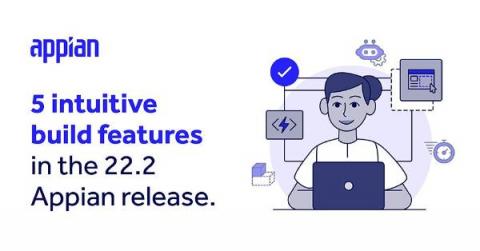Discover, Design, and Automate Your Way to Business Agility, Speed, and...the Caribbean?
With winter in the rearview, you’re not alone if you’re daydreaming about a few days away from the office. Yes, you deserve a relaxing getaway. But a top-notch, Caribbean vacation? Spoiler alert: it won’t happen by chance or without some coordinated effort on your part. You could wing it—book a quick flight and see where the wind takes you. But if you’re fully committed to stretching your limbs on a secluded beach, you need a plan.





